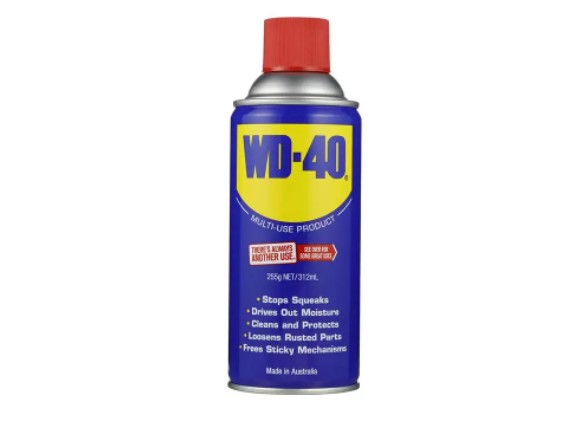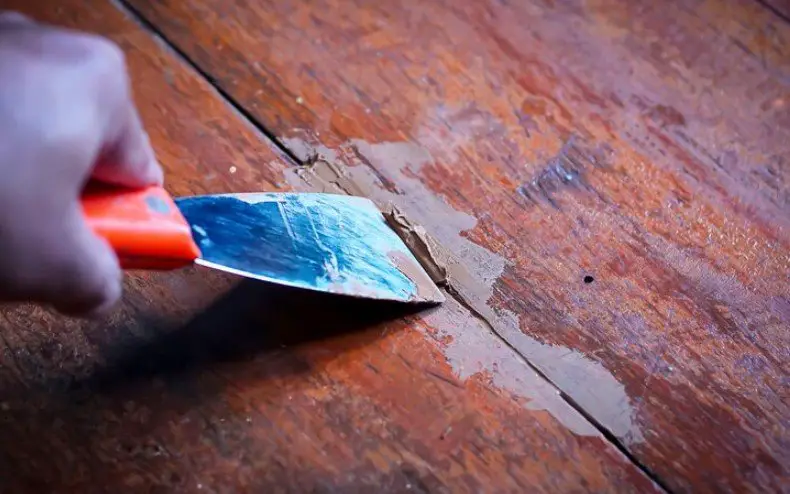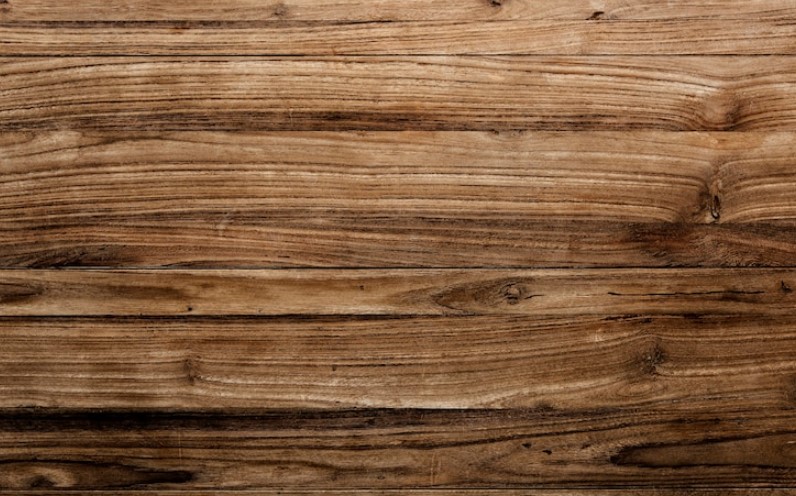Last Updated on July 10, 2023 By Emma W. Thomas
WD-40 is not recommended for removing stains from wood furniture. While WD-40 is a versatile product that can be used for various purposes, it is primarily known as a lubricant and not specifically designed for stain removal on wood surfaces. Using WD-40 on wood furniture can potentially cause damage, especially if the wood is porous or finished. It may leave behind a residue or alter the appearance of the wood.
What is WD 40?

WD-40 is a popular multi-purpose product known for its versatility in various applications. The name “WD-40” stands for “Water Displacement, 40th Formula.” It was originally developed by a company called Rocket Chemical Company in 1953 as a water displacement compound for aerospace and industrial applications.
WD-40 is primarily used as a lubricant, penetrant, and corrosion inhibitor. It is composed of various ingredients, including mineral oil, petroleum distillates, and additives. Its main purpose is to provide lubrication, protect metal surfaces from rust and corrosion, displace moisture, and loosen stuck or seized components.
In addition to its lubricating properties, WD-40 has gained popularity as a household product and is often used for various tasks, such as loosening rusted bolts, removing adhesive residue, preventing squeaky hinges, and even as a cleaning agent for some surfaces.
Is WD-40 toxic or dangerous to humans?
WD-40 is generally considered safe when used as directed and in accordance with its intended purposes. However, it is important to exercise caution and follow safety guidelines when using any chemical product.
WD-40 is not intended for human consumption and should be kept out of reach of children. Ingesting or inhaling large amounts of WD-40 can be harmful and may cause irritation to the respiratory system, dizziness, nausea, or other adverse effects. If accidentally ingested or inhaled in significant quantities, it is advisable to seek medical attention.
When using WD-40, it is recommended to work in a well-ventilated area to avoid prolonged inhalation of fumes. Direct contact with skin or eyes should be avoided, and if accidental contact occurs, it is important to rinse the affected area with water.
Is WD 40 flammable?
Yes and No. As you may have noticed, the composition or constituents of WD 40 are volatile. This means that they are not flammable. However, when WD-40 is in its spray form, it can be quite hazardous as it is flammable and has been the cause of several fire accidents worldwide.
How to use WD 40 to remove rust?
To use this chemical, you are asked to use protective clothing such as gloves, as mentioned earlier, as contact with bare skin can have side effects such as irritation or rash.
It is easier to spray the chemical very well on the rusted area. After spraying it, please do not rush to wipe it off. Leave it for about ten minutes for the best results. Doing this gives the chemical ample time to get rid of the rust. After leaving it for ten minutes, you can wipe it off with a cleaning cloth. One of the advantages of this chemical is that it can also act as a protector against rust. It can be applied to an area that an individual wishes to keep free from rust.
Areas that you should never use WD 40 on

WD 40 can be used in very many products and materials. However, some areas should never have contact with WD 40.
Door hinges
You may be tempted to use WD 40 on your hinges to lubricate or prevent rust, but we advise against it. This method may seem helpful and even work, but the hinges will start discoloring, losing their beauty and functionality as you continue using it.
Using it for Arthritis Relief
Having stiff joints can be pretty painful. However, doctors greatly discourage using WD 40 on the joints to ease the pain, as claimed by some patients. It is discouraged by the manufacturers of WD 40 as well. Once any part of your body comes into contact with WD 40, you must wash the area with enough soap and water to clear it from your skin. This eliminates any chances of side effects. Patients battling Arthritis are also advised to seek other medication methods to ease their pain.
Plastics
Plastics come in different types. Polycarbonate and transparent polystyrene plastics are the main types that are not to at any chance have contact with WD 40. Polycarbonate is used in greenhouses, while polystyrene is used to make soft drink lids and Styrofoam.
Electronics
Many people go ahead and try to fix their phones with this chemical. This leads to severe damage, or if you are lucky, the destruction cannot be that much. However, the use of WD 40 is disastrous and discouraged.
Bike chains
WD 40 is used for lubrication on things used immediately. Therefore, it is not helpful for machines or items that require longer lubrication, such as bike chains. To be on the safer side, the use of the WD40 Bike is so much more helpful for longer-time lubrication.
Other common uses of WD 40
Apart from removing stains from wood furniture and also getting rid of rust, WD 40 can also be used to:
- Keeping bugs from your car’s grille
- Renewing faded plastic furniture
Over time plastic furniture tends to fade. This makes them less attractive and pleasing to the eye. However, with WD 40, you can have this plastic furniture in its initial color, and no fading traces will be recorded.
- Cleaning carpet stains
Stains on carpets can be challenging or maybe cleaned but still not removed. However, spraying WD40 on the rug, waiting for a few seconds then scrubbing the area can be very helpful as it eradicates the stains.
- Preventing snow buildup on the windows
If you are expecting it to snow, this is the time to prevent the snow from accumulating on your windows even before it starts falling. Indeed, you cannot stop it from snowing, but spraying great WD-40 on your windows on the outer sides or parts prevents snow from sticking.
- Removing chewing gum from hair or surfaces
Once in a while, you may get gum stuck in various places or even furniture. You can use WD 40 and get it out quickly. If you accidentally get gum stuck on your hair, you can also spray WD40 on the area, which gets it out immediately. After this, you must wash your hair properly due to the contact with the toxic chemical.
- Removing tight jewelry
At times removing jewelry can be very strenuous. However, applying a small WD 40 to the area can make it easier. Contact with the chemical may have some side effects, but with time, the side effects, rash, will disappear.
Final word
As seen above, WD 40 has more functions than the ones it was manufactured to perform. This is a beneficial and essential chemical. As stated earlier, it is toxic and can become hazardous, and it is advised that it is used under strict precautions to have minimal or no side effects at all. We hope you are better informed the next time you choose to use WD40.
References:
https://woodworking.stackexchange.com/questions/5465/is-it-ok-to-use-wd-40-to-clean-wood
Emma is a graduate of Domestic Science or Family and Consumer Sciences (Home Economics) from the University of Wisconsin. She has 7 years of experience Working with the strategic section of BestBuy and now writing full-time for Homeeon.
From Managing the Home, Interiors, Cleaning, and Exteriors to Gardening and everything about Making A Home Liveable – is her passion and this Homeeon is the result of this.
Emma loves decorating her home with the best stuff found online. She cares about quality over anything and writes reviews about them here in Homeeon. Get in touch with her over Pinterest.
Keep reading her blogs.

